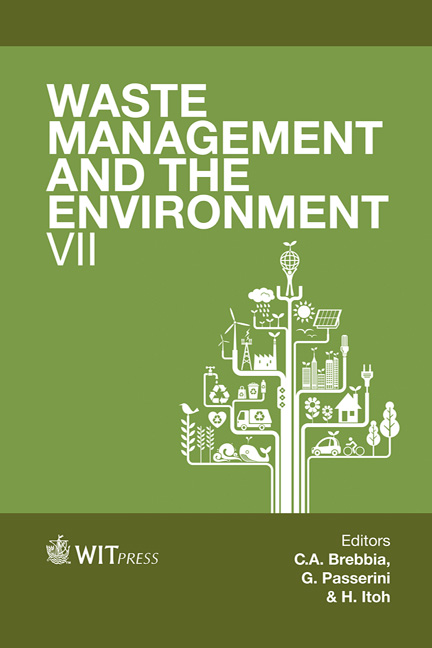The Assessment Of Clay Buffers For Isolating Highly Radioactive Waste
Price
Free (open access)
Transaction
Volume
180
Pages
11
Published
2014
Size
477 kb
Paper DOI
10.2495/WM140351
Copyright
WIT Press
Author(s)
T. Yang, R. Pusch, S. Knutsson & L. Xiaodong
Abstract
Great effort is put into finding optimal buffer clays for isolating highly radioactive waste (HLW) in countries utilizing nuclear energy. Different materials are required to provide a hydrologically and mechanically suitable surrounding of canisters with highly radioactive waste in repositories in crystalline rock. For shallow disposal the high hydraulic conductivity of the rock makes very dense smectite-rich clays necessary while for disposal in very deep holes the primary desire is to use smectitic clays with a potential to resist high temperatures. In both cases montmorillonite, with Al being a dominant lattice ion in the octahedral layer, is suitable, but saponite with Mg as the dominant octahedral constituent can be preferable for deep disposal. For both concepts the use of smectitic mud is an option for supplying the buffer with water from start and for controlling the hydration rate. Keywords: high-level radioactive waste (HLW), HLW disposal in very deep holes (VDH), buffer clay, hydration.
Keywords
high-level radioactive waste (HLW), HLW disposal in very deepholes (VDH), buffer clay, hydration.





